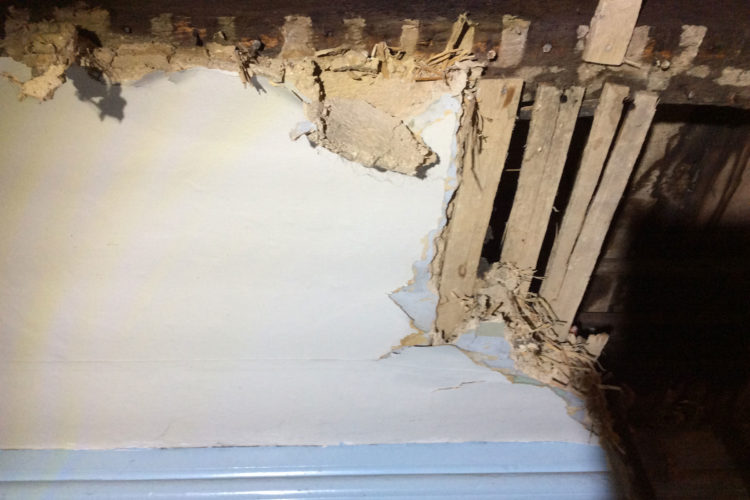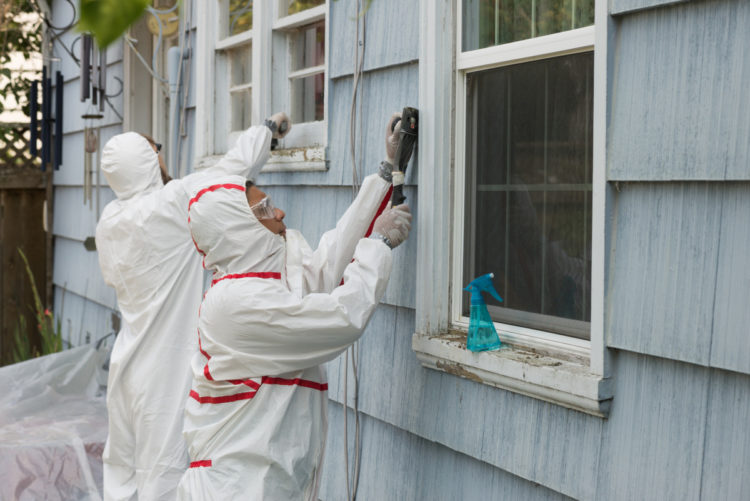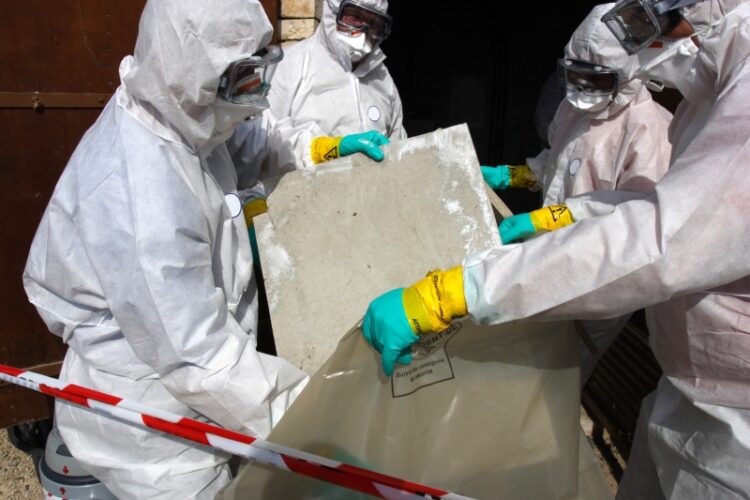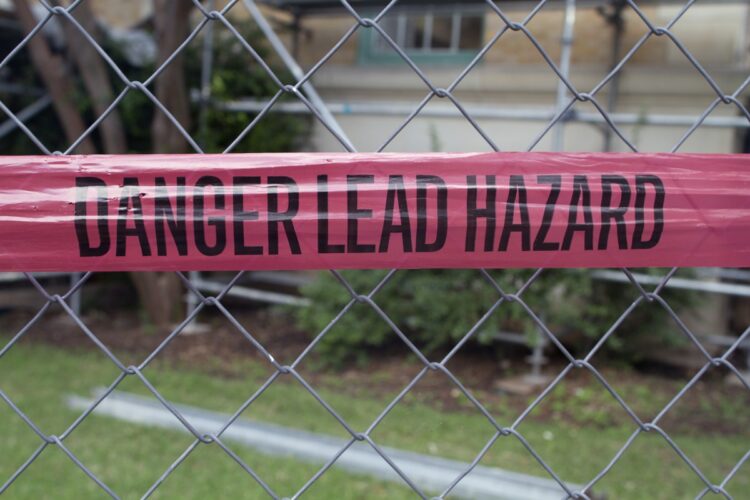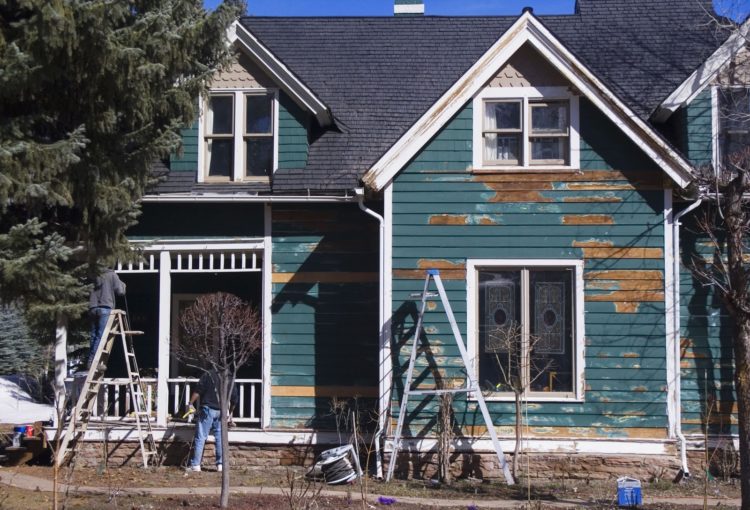The Truth About Asbestos — A Brief History
Asbestos has undergone quite an interesting journey since it was first used by humans back in 4,000 B.C. While its use today has been limited due to health risks, it wasn’t always this way. It took many years for the […]

